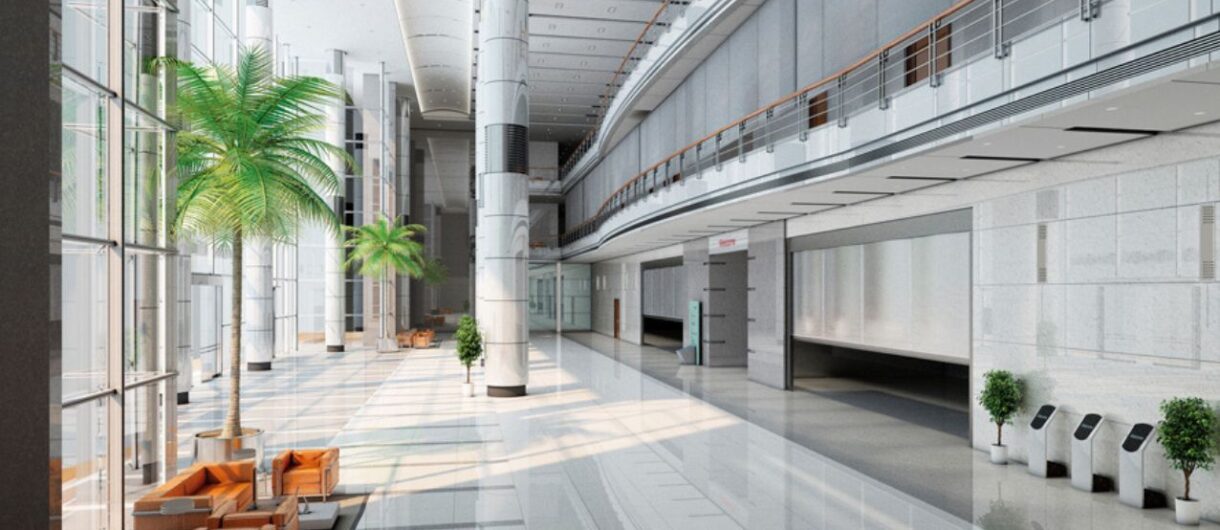
Advantages and disadvantages of overlapping curtains
Fire curtains and smoke control curtains offer a wide range of architectural, aesthetic, safety, resistance and functional advantages.
Among all the types of curtains that exist on the market, overlapping curtains are a widely used solution for sectoring and partitioning designs for industrial, commercial and residential buildings.
Before seeing what advantages and disadvantages this system offers us, we are going to detail its main characteristics:

It is a system comprised of several rollers that, by superimposing their position, allow the fabrics to be overlapped according to the needs required for their correct operation and compliance with current regulations.
What advantages does it offer us?
One of the greatest benefits of overlapping curtains is that they offer the possibility of large dimensions. This characteristic offers the possibility of creating open-plan spaces, without intermediate structural elements, always respecting each area’s sectorization and compartmentalization.
It could be understood that the overlap length of the fabrics must always be the same, but this statement is wrong. The EN 15269-11 standard (or others) establishes a methodology in which the calculation is detailed, depending on the height of each curtain.
An excess of fabric in the height of the curtain can cause the flap to open when the curtain is in its fire position. An example that serves to understand this proportion is that for curtains with heights of 3,000 mm with a fire-tested overlap of 500 mm, we would obtain a resulting overlap of 1,500 mm for curtains 10,000 mm in height.
As we clearly see in the example described, this distance is fundamental. The pressures exerted by the gases at the moment the curtain is acting can cause the opening of the overlap, causing the goal of system integrity to be lost.
The design and testing of this type of system is a great challenge for manufacturers. Depending on the configuration of the chosen system, it has to be carried out with two overlaps to justify modulations of more than two rollers, which entails greater complexity, increasing the risk of failure.
It should be noted, both in the design and in the installation, that the work must be carried out carefully, taking into account different aspects to achieve an effective solution. The adjustment of the overlap measurements must be very exact and with minimal deviations. An exhaustive verification of the openings will be very important at the end of the installation, to confirm correct operation in the event of a contingency. It will be verified that there is no excess fabric in the height of the system and that it complies with the tolerances indicated by the manufacturer.
Due to the demand and the logistics of this type of system, manufacturers are forced to manufacture this type of modular blinds, but they must be aware, just like the consumer, of the drawbacks described above when applying this system in their solution.
Systems designed for concrete solutions
After the analysis, the conclusion that we must draw is that each system has been designed for specific solutions. Therefore, at Tecnitex Fire Systems we recommend using curtains with a single roller in cases where the project solution allows it, and overlapping curtains in situations in which, due to dimensional issues, or due to logistics problems, the installation of non-overlapping curtains is not feasible.
Lastly, an important nuance should be highlighted when we refer to large dimensions with no length limit. We must interpret this statement with caution, and use the extrapolation of the calculations as a tool to provide the correct solution while being aware that everything has its limits.

Carlos Cenamor Gómez
Industrial Engineer at Tecnitex Fire Systems